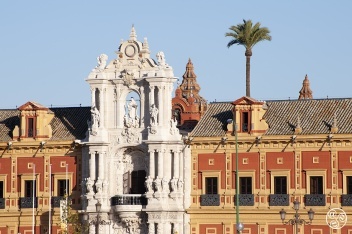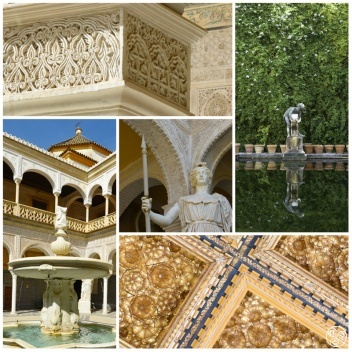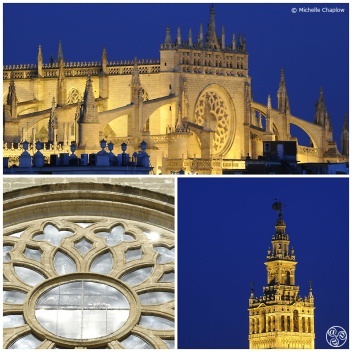Museum of Spanish Contemporary Engravings
Museo Grabados, Marbella is s also known as Museum of Spanish Contemporary Engravings. This building was formerly the residential palace of the Mayor, Don Alonso de Bazán who donated it to the town to serve as a hospital for the poor. It is a fine example of a 16th century renaissance building.






